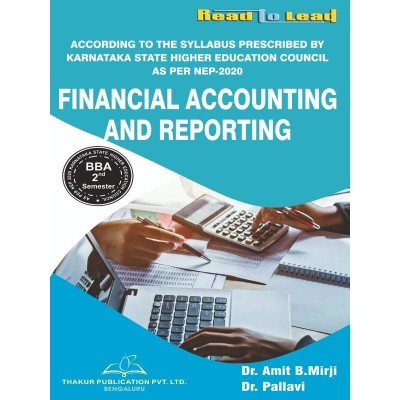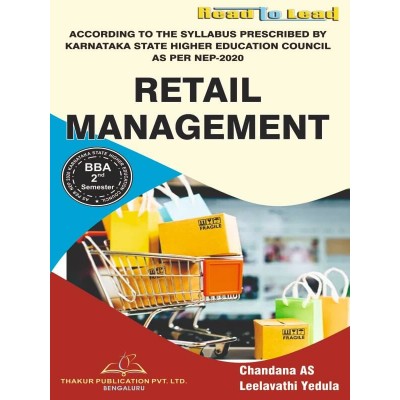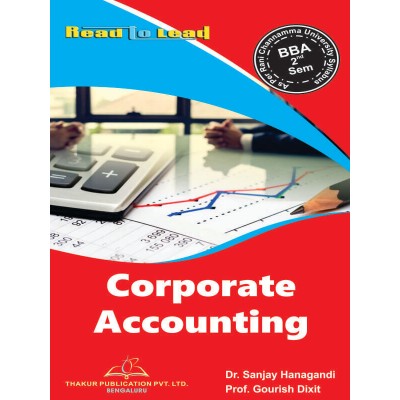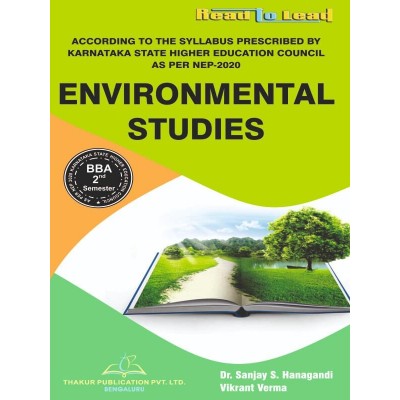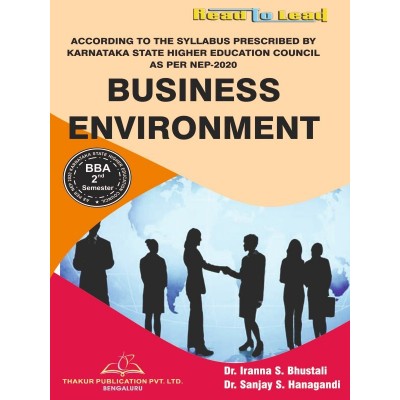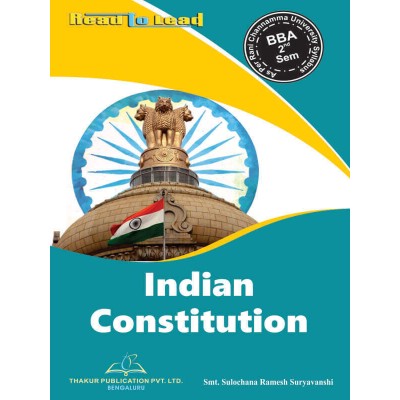Categories
- Pharmacy
- Nursing
-
MBA
-
BBA
- U.P. State University
- Veer Bahadur Singh Purvanchal University, Jaunpur
- Chaudhary Charan Singh University, Meerut
- Dr. Bhimrao Ambedkar University, Agra
- Chhatrapati Shahu Ji Maharaj University, Kanpur
- Mahatma Jyotiba Phule Rohilkhand University, Bareilly
- Mahatma Gandhi Kashi Vidyapith, Varanasi
- Dr. Ram Manohar Lohia Avadh University, Ayodhya
- Deen Dayal Upadhyaya Gorakhpur University
- Prof. Rajendra Singh (Rajju Bhaiya) University, Prayagraj
- BCA
-
B Ed
- Lucknow University B.Ed Books
- Chaudhary Charan Singh University/Maa Shakambhari University, Saharanpur
- Dr Bhim Rao Ambedkar University, Agra
- Mahatma Gandhi Kashi Vidyapeeth, Varanasi
- Chhatrapati Shahu Ji Maharaj University
- Prof. Rajendra Singh (Rajju Bhaiya) University, Prayagraj (PRSU)
- Mahatma Jyotiba Phule Rohilkhand University(Mjpru), Bareilly
- Dr. Ram Manohar Lohia Avadh University, Ayodhya
- Bundelkhand University, Jhansi
- Deen Dayal Upadhyaya Gorakhpur University
- Veer Bahadur Purvanchal University (VBPU)
- Maharaja Suhel Dev State University ,Azamgarh (MSDSU)
- Raja Mahendra Pratap Singh State University, Aligarh (RMPSSU)
- Barkatullah Vishwavidyalaya (Bhopal)
- Jiwaji University (Gwalior)
- Vikram University (Ujjain)
- Dr. Harisingh Gour University (Sagar)
- Devi Ahilya Vishwavidyalaya (Indore)
- Rani Durgavati Vishwavidyalaya (Jabalpur)
- Awadhesh Pratap Singh University (Rewa)
- Maharaja Chhatrasal Bundelkhand University (Chhatarpur)
- D. EL. ED
- TET
-
B Com
-
B Sc
- B.Sc. U.P. State Universities Common Syllabus NEP
- Veer Bahadur Singh Purvanchal University, Jaunpur
- University of Lucknow
- Chaudhary Charan Singh University, Meerut
- Madhya Pradesh
- Chhatrapati Shahu Ji Maharaj University, Kanpur
- Dr. Bhimrao Ambedkar University, Agra
- Mahatma Gandhi Kashi Vidyapith, Varanasi
- DEEN DAYAL UPADHYAYA GORAKHPUR UNIVERSITY
- Prof. Rajendra Singh (Rajju Bhaiya) University, Prayagraj
- Dr. Ram Manohar Lohia Avadh University, Ayodhya
- Mahatma Jyotiba Phule Rohilkhand University, Bareilly
- Uttarakhand State Universities
- B.Sc. Bihar Universities Common Syllabus NEP
- University of Rajasthan (Jaipur)
- Haryana
-
B A
- B.A. Of U.P. State Universities Common Syllabus NEP
- Veer Bahadur Singh Purvanchal University, Jaunpur
- University of Lucknow
- Chaudhary Charan Singh University, Meerut
- Chhatrapati Shahu Ji Maharaj University, Kanpur
- Dr. Bhimrao Ambedkar University, Agra
- Mahatma Gandhi Kashi Vidyapith, Varanasi
- Deen Dayal Upadhyaya Gorakhpur University
- Prof. Rajendra Singh (Rajju Bhaiya) University, Prayagraj
- Dr. Ram Manohar Lohia Avadh University, Ayodhya
- Mahatma Jyotiba Phule Rohilkhand University, Bareilly
- Madhya Pradesh
- Uttarakhand
- Bihar
- University of Rajasthan (Jaipur Syllabus as Per NEP2020)
- Haryana NEP-2020
- B Tech
Quantitative Analysis For Business Decisions
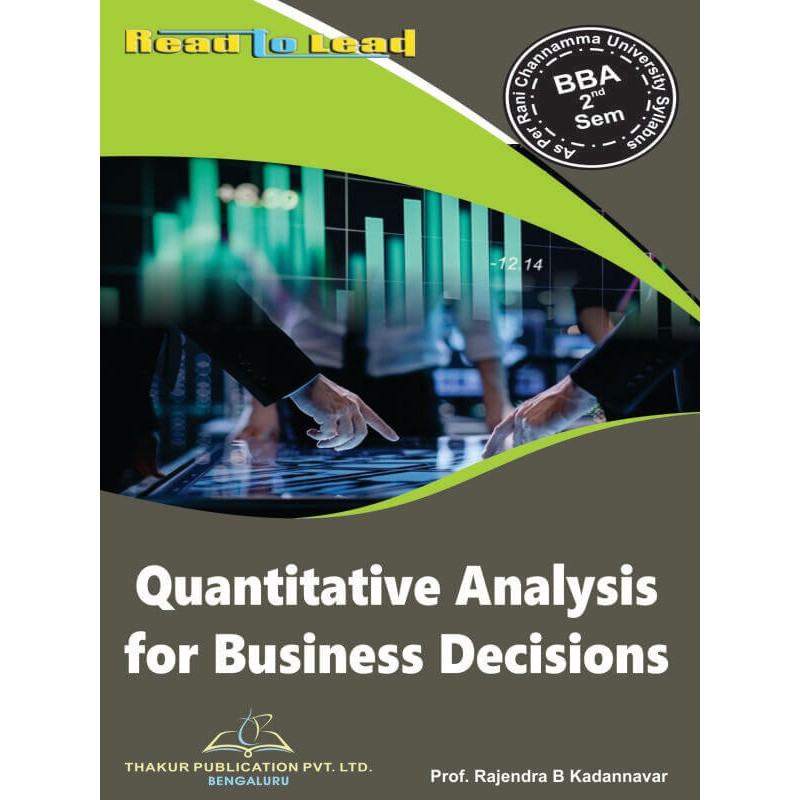
ISBN- 978-93-90972-89-0
AUTHOR- Prof. Rajendra B Kadannavar
₹190.00
Tax excluded
ISBN- 978-93-90972-89-0
AUTHOR- Prof. Rajendra B Kadannavar
Syllabus
DSC-204- Quantitative Analysis for Business Decisions
Unit – I: Statistics 12 Hours
Definitions – Statistical Methods – Importance and Scope – Limitations – Need for Data – Principals of Measurement. Tabulation and Presentation:
Classification of Data – Data Array – Frequency Distribution – Methods of data Classification – Types of Frequency Distributions / Tabulation of Data – Objectives of Tabulation – Parts and Types of Tables – Graphical Presentation – Functions of Graphs – Advantages and Limitations of Graphs.
Unit – II: Measures of Central Tendency 12 Hours
Introduction to Averages – Requisites for a Measure of Central Tendency, Mean - Combined Mean – Weighted Mean, Median – Partition Values – Quartiles, Deciles and Percentiles, Relationship between Partition Values–Mode– Relationship between Mean, Median and Mode.
Unit – III: Measures of Dispersion 12 Hours
Introduction – Significance and Requisites of a Measure of Dispersion, Range, QD, MD and SD- For Grouped and Ungrouped – Advantages and Disadvantages. Concept of Variation – Coefficient of Variation. Skewness and Kurtosis (SK): Introduction, Measures of SK, Relative Measures of SK – Advantages and Disadvantages. Moments – concepts –Calculation – Kurtosis.
Unit – IV: Index Numbers 12 Hours
Index Numbers - Introduction – Types – Characteristics – Construction Weighted and Unweighted Index Numbers – Price and Quantity/Volume Index Numbers – Tests – Time Reversal – Factor Reversal and Circular Tests – Chain and Fixed Base – Changing of Base – Combining of Two of More Overlapping Indices Consumer Price Index – Problems in Construction.
Unit – V: Correlation Analysis 12 Hours
Scatter Diagram, Positive and Negative Correlation, Limits for Coefficient of Correlation, Karl Pearson’s Coefficient of Correlation, Spearman’s Rank Correlation.
Regression Analysis: Concept, Least Square Fit of a Linear Regression, Two Lines of Regression, Properties of Regression Coefficients (Simple Problems Only)
Time Series Analysis: Components, Models of Time Series – Additive, Multiplicative and Mixed Models; Trend Analysis- Free Hand Curve, Semi Averages, Moving Averages, Least Square Methods(Simple Problems only).
RCU2021/BBA/2/05
99 Items
New product



